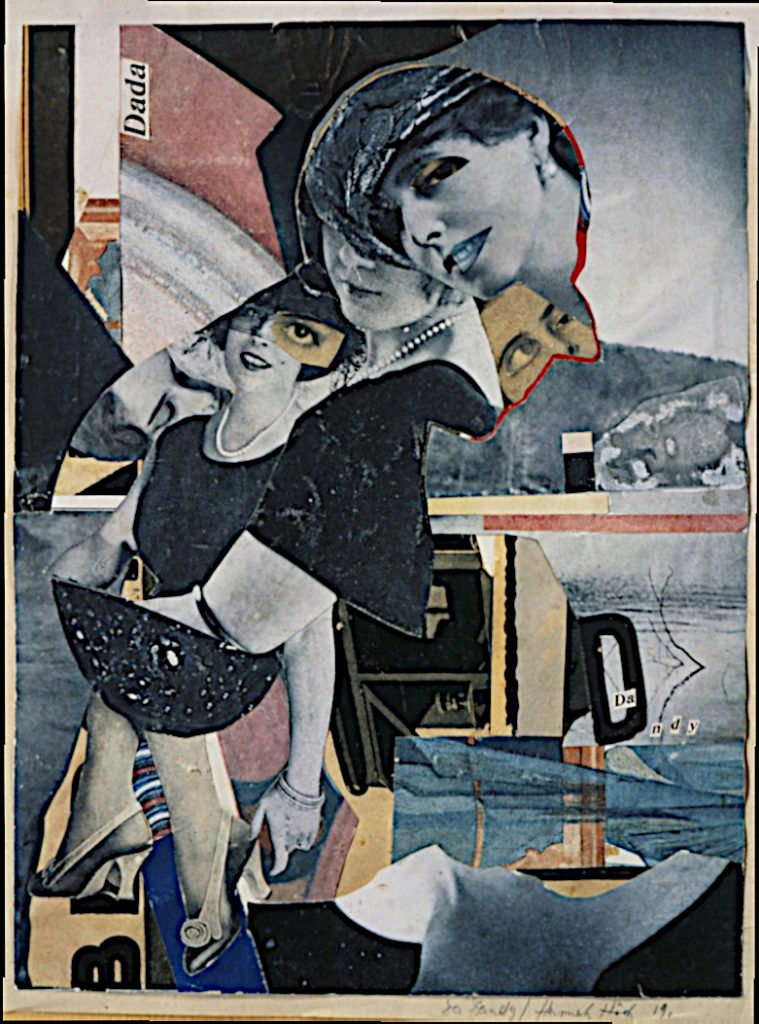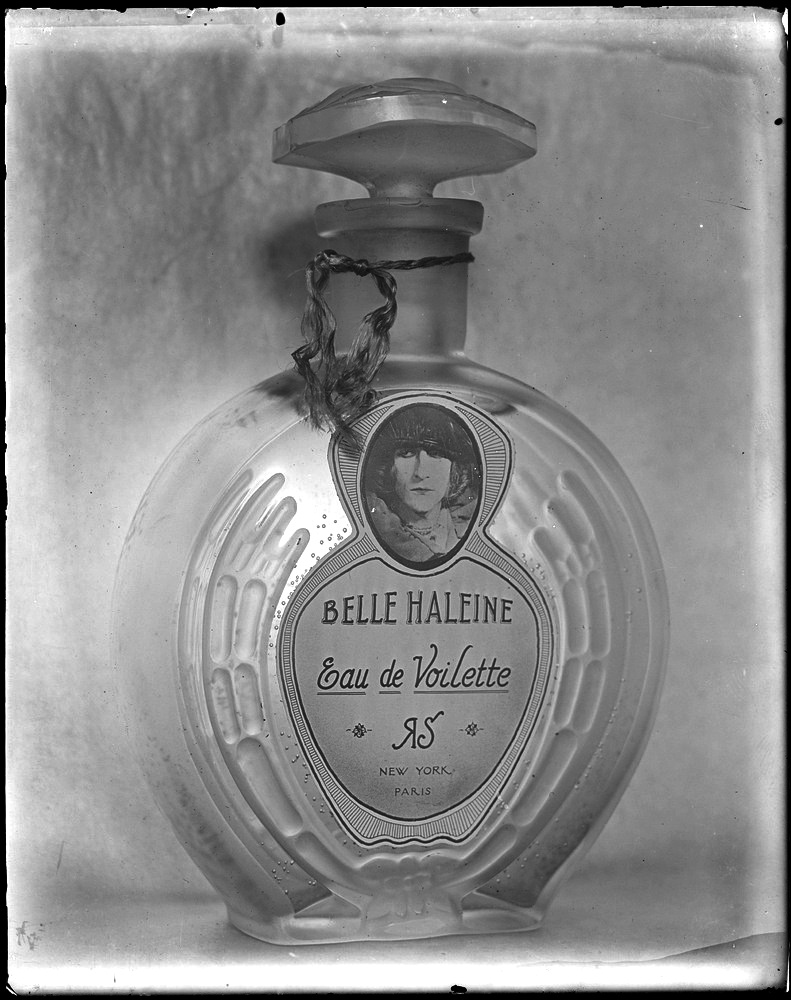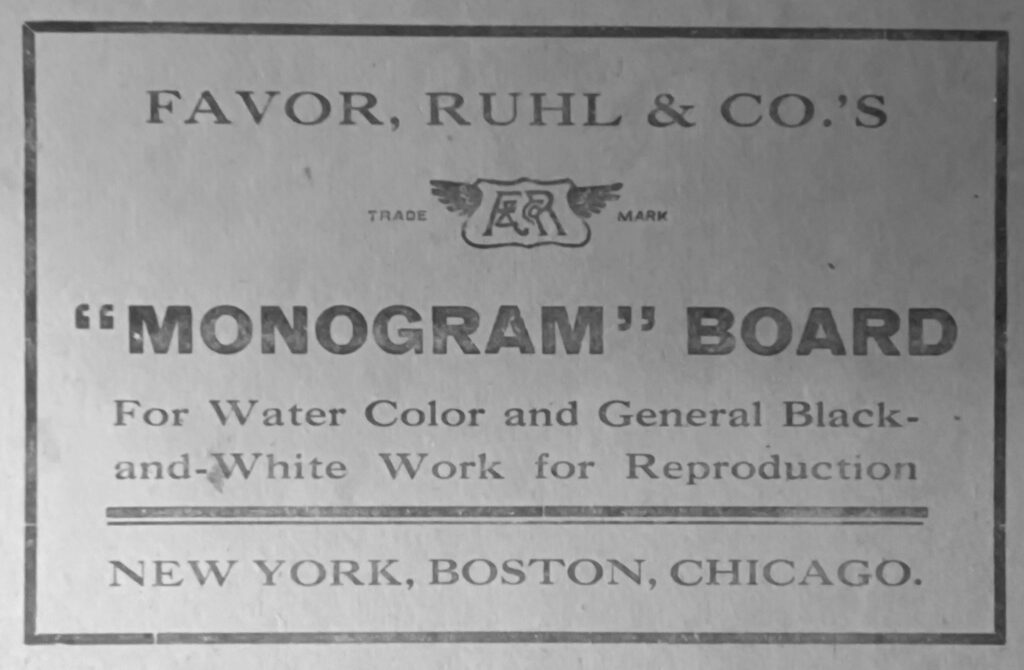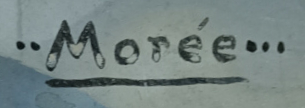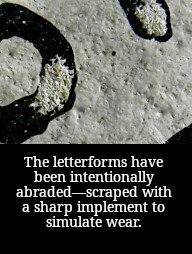Morée Is The Key To A New Understanding
A Lost Painting Unlocks Hidden Meaning in Four Key Works of Dada
“Explore the unseen threads connecting Duchamp, Höch, Picabia, and Man Ray.”
Morée and its Unusual Features

Materials and Support
Morée is painted on an early (1915-1922) Favor, Ruhl & Co. “MONOGRAM” Board.
Based on the stamp style and many of the connections found here, we believe the board probably dates to 1916-1917.The main paint layer—casein.
The black border is more hydrophobic (maybe oil). The pearls are oil based.
There are stains or washes of varying intensity applied to the surface. The washes, especially in the top part of the painting where the stains are formed, use varying intensities of piment which are used to help create the violet gradients there.
Many of the curved swaths there are painted with an underlying uniform shade of
violet and only vary in tone as the result of the applied wash/stain.
The result of this planned layering is that when the wash is later rinsed away, the underlying violet tone is uniform in shade from one swath to the next.
A proper scientific analysis has not been completed yet.
The above finding are based on visual analysis.
Board & Stamp
Veil Water Process
Morée as a Unique, Possibly One of a Kind Object
Morée is the only known painting from the early 20th century to combine a subtractive staining technique with a critical stance toward commercial art,
executed in a style that blurs the line between decorative and avant-garde.While aspects of its method echo early modernist experimentation, no surviving work matches its precise blend of material, concept, and execution.
That singularity makes Morée not just rare, but possibly without precedent: a one-off experiment that managed to survive, quietly, outside the systems that usually
preserve such work.
Hidden “Teardrops”
Behind the pearls in Morée, faint shapes emerge—hidden teardrops that appear only under close inspection. They’re subtle, nearly lost in the veils of wash and stain, but unmistakable once seen.
These teardrops shift the meaning of the entire image. What might have been dismissed as water damage or an unfinished decorative work reveals deeper intention. The drips aren’t accidental—they’re expressive.
Their presence pushes Morée beyond surface style into something more emotionally charged, even allegorical.
It may be these quiet details that saved the painting. Had those mysterious drops
not been there, Morée might have been discarded as a damaged or obsolete
piece of Art Deco.
Instead, the teardrops hint at a hidden narrative—and perhaps it was that curious
feature that kept it from being completely lost to history.
The “Veil Water” Process
One of Morée’s most striking features is the result of what we call the Veil Water process—a subtractive technique where dye or ink is applied and then selectively washed away.
The effect mimics water damage. It appears random, but there’s an element of control. What looks accidental is, in fact, intentional: stains and drips are used as compositional tools.
This technique blurs the line between destruction and creation. It evokes a surface
that has been weathered, even wounded, but never abandoned. In Morée, damage becomes design—suggesting not only decay, but transformation.
The Signature — Who is Morée?
The signature “..Morée…” is itself a clue. The name is extraordinarily rare—virtually nonexistent in historical artist records—which strongly suggests it’s a pseudonym.
Its stylized presentation, bracketed by ellipses, adds to the sense that it was constructed for effect.
One likely target: Erté, the iconic designer whose Art Deco persona stood for elegance, fashion, and surface style. Read as a pun or inversion, “Morée” could be a subversive
nod to Erté—mirroring his aesthetic while quietly undermining it.
If so, the name isn’t just an alias; it’s a conceptual gesture, consistent with the painting’s broader critique of commercial art.
Then we have those curious elipses.


